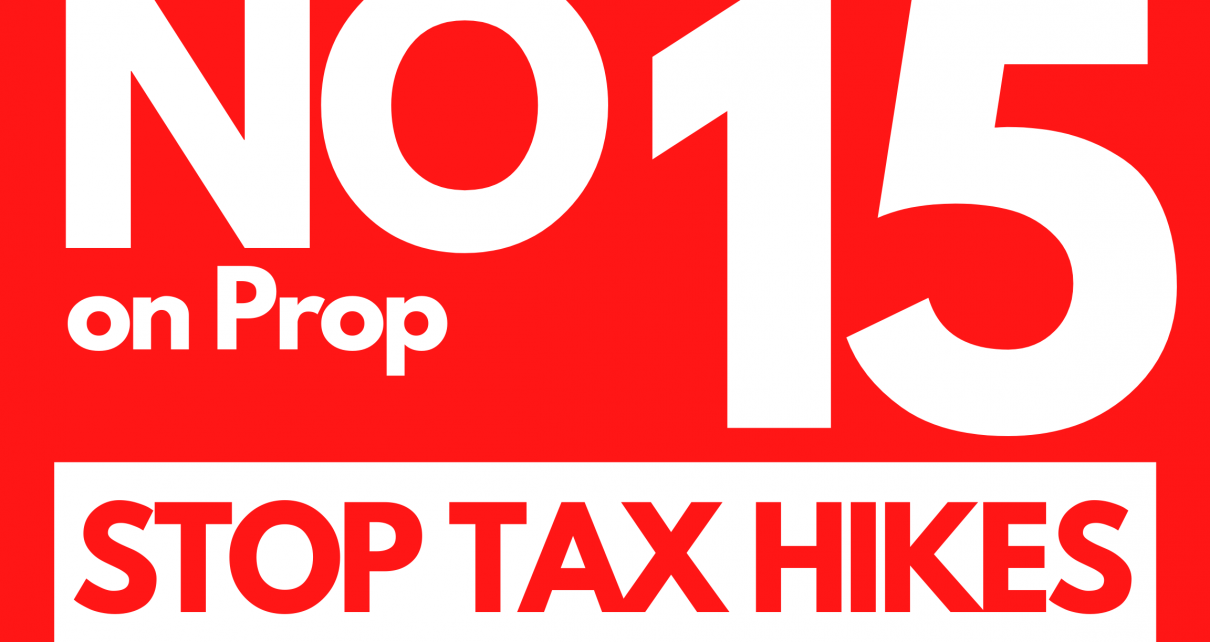
Prop. 15 Empowers Big Business, Destroys Small Business
Split roll has been proposed for years by California’s government unions and supporters
By Edward Ring, September 8, 2020 2:30 am
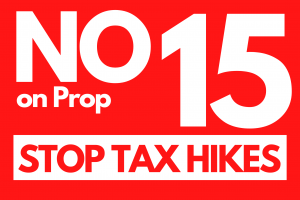
California’s state and local governments, and the public sector unions that exercise nearly absolute control over the politicians who supposedly oversee them, have always had an insatiable desire for higher taxes. The economic impact of the COVID-19 pandemic has added even more urgency to their insatiable quest for more money from taxpayers, but through the years their basic game plan and goals have been remarkably consistent.
For example, the so-called “Split Roll” property tax increase which has finally made it onto the November 2020 state ballot in the form of Prop. 15, is something that has been proposed for years by California’s government unions and their supporters. This new tax is designed to undermine the historic 1978 Prop. 13, which limits property reassessments to when there is a change in ownership, and from that baseline keeps increases to maximum of two percent per year. Prop. 13 also freezes the property tax rate at one percent, although countless local “fees” have elevated the actual amount owners have to pay.
The way Prop. 15 is being sold to voters is based on its impact being restricted to commercial properties. Because residential properties are unaffected by Prop. 15, at least initially, proponents expect voters who own homes to not feel threatened by the measure. The airwaves are already saturated with ads in support of Prop. 15. To paraphrase, the themes are “make the wealthiest corporations pay their fair share,” “relieve the crowded classrooms,” “help local communities respond to the impact of COVID,” “put schools and communities first.”
It should come as no surprise that the top two donors in support of Prop. 15, are the California Teachers Association PAC, so far contributing $6 million, and the SEIU California State Council, so far contributing $3.5 million. Taking into account the fact that once the pandemic slowdown has come and gone, this tax increase – if approved by voters – will still be in effect, do California’s state and local agencies really need more tax revenue?
Historical Trends Do Not Justify Higher Taxes
Since the CTA is a top supporter of Prop. 15, what are the enrollment and spending trends that have convinced them that California’s system of public education requires even more money?
If all that is taken into account is enrollment, there is no basis whatsoever for more spending. According to the National Center for Education Statistics, in 2000 there were 6.1 million students enrolled in California’s K-12 public schools. According to the California Dept. of Education, in 2020 there are only 6.1 million students. If the student population is stable, why does the system need more money?
Meanwhile, when taking into account all spending on education – teacher and staff salaries, classroom spending, administrative overhead, debt service on school bonds, and the state’s annual CalSTRS contribution – California’s K-12 traditional public schools are currently funded at just over $20,000 per pupil. Public charter schools, by the way, survive on much less, but that’s another story. With that much money to work with, why can’t the system adapt to the present slowdown, instead of trying to raise taxes? Indeed, according to California’s Office of Legislative Analyst, successful adjustments have already been made.
Public education is only on part of California’s state and local spending. An examination of spending trends over the past twenty years, adjusting for population growth and inflation, shows a relentless march upwards. The following graph, the result of an analysis conducted earlier this year by the California Policy Center, shows that per capita state government spending in constant dollars has nearly doubled in the last forty years, and is up 50 percent over the last twenty years. Why?
What have Californians gotten in return for all that money? As noted in the earlier analysis:
“Compared to forty years ago, Californians cannot afford to purchase homes, they cannot afford to pay college tuition, they cannot drive on uncongested freeways, and they cannot expect their children to get a good education in public schools. Forty years ago, they could expect all those things. There have been many improvements to our lives over the past forty years – the tech revolution and precision medicine, to state two obvious examples – but apart from cleaner air, the state can’t take much credit for improvements to the quality of life for Californians. The state can take credit, however, nearly exclusive credit, for making California unaffordable, for ruining California’s public schools, for driving up the cost of college tuition and neglecting our highways.”
Add to that litany two additional catastrophes that California’s state government can take credit for: their misguided restrictions on logging and forest clearing are the reason forest fires are now destroying forests forever instead of just burning off underbrush, and their misguided attempt to convert to supposedly renewable energy is the reason residents are paying the highest utility rates in the nation while enduring electricity brownouts and blackouts.
Perhaps it is an oversimplification, but nonetheless worth stating: The primary reason for this incompetence despite record per capita spending is because California’s state and local agencies are ran by public sector unions, for whom higher pay, higher benefits, and higher headcounts are the primary objective, with efficiency and accountability actual impediments to achieving those goals.
How Prop. 15 Will Destroy Small Businesses
Worked into the language of California’s split roll property tax increase proposal is an exemption for commercial properties worth $3.0 million or less. Unfortunately, in California’s commercial real estate market, $3.0 million doesn’t buy very much.
Consider these $3.0M+ commercial listings in Los Angeles:
11,979 SF Industrial Building, Long Beach, $3.6M
13,290 SF Industrial Building, Los Angeles, $3.2M
12,150 SF Industrial Building, El Monte, $3.6M
6,119 SF Retail Building, Burbank, $3.3M
What about San Diego?
2,491 SF Retail Building, San Diego, $3.2M
11,800 SF Industrial Building, San Diego, $3.5M
San Jose?
8,050 SF Industrial Building, Milpitas, $3.7M
5,000 SF Retail Building, San Jose, $3.6M
Sacramento?
8,715 SF Retail Building, Sacramento, $3.1M
2,400 SF Industrial Building, Sacramento, $3.3M
12,000 SF Industrial Building, Sacramento, $3.0M
The point here is these listings are not for operations ran by “the wealthiest corporations.” Nor are these listings in the most expensive parts of the cities surveyed. Industrial sites in California’s major urban areas start at around $250 per square foot, which will buy 12,000 square feet of what is definitely not premium real estate. So who are harmed by Prop. 15?
People who own their own buildings, often multi-generational families, who have eliminated their debt, weathered the COVID shutdown, and operate low-margin manufacturing, retail and restaurant establishments are the people who are going to get killed by Prop. 15.
And what about those “wealthiest corporations?”
These big corporate owners of commercial real estate will pay more in taxes. But they will pass those taxes on to the consumers, including the small businesses that are tenants of many of these larger investor owned properties. Prop. 15 claims it will exempt – only until 2025 – retail centers worth more than $3 million if the “occupants are 50 percent or more small businesses.” Notwithstanding the bureaucratic hoops gaining these exemptions will impose, the relief is only temporary.
Prop. 15 will immediately punish those businesses that are are just above the lowest rung, the owners of commercial property worth anything over $3 million. Imagine a manufacturer of a niche product that manages to compete, thanks to low property taxes and a clean balance sheet, against much larger manufacturers. Imagine small, well managed companies that might eventually emerge to challenge or even displace larger competitors. Prop. 15 will crush them.
Prop. 15 eliminates one of the last, if not the last, competitive advantage available in California to financially responsible, long-standing small businesses that own their property. It is a cruel attack on the hardest working and least privileged among California’s business community, masquerading as the opposite.
- Ringside: EVs and California’s Future Demand for Electricity - December 4, 2025
- Ringside: Politically Viable Water Supply Projects - November 27, 2025
- Ringside: Shifting Costs Does Not Solve California’s Electricity Shortages - November 20, 2025

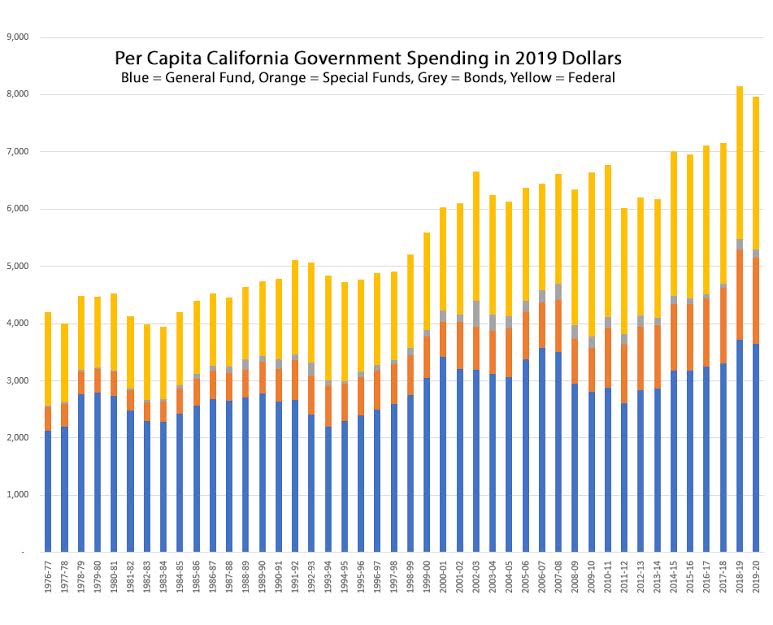

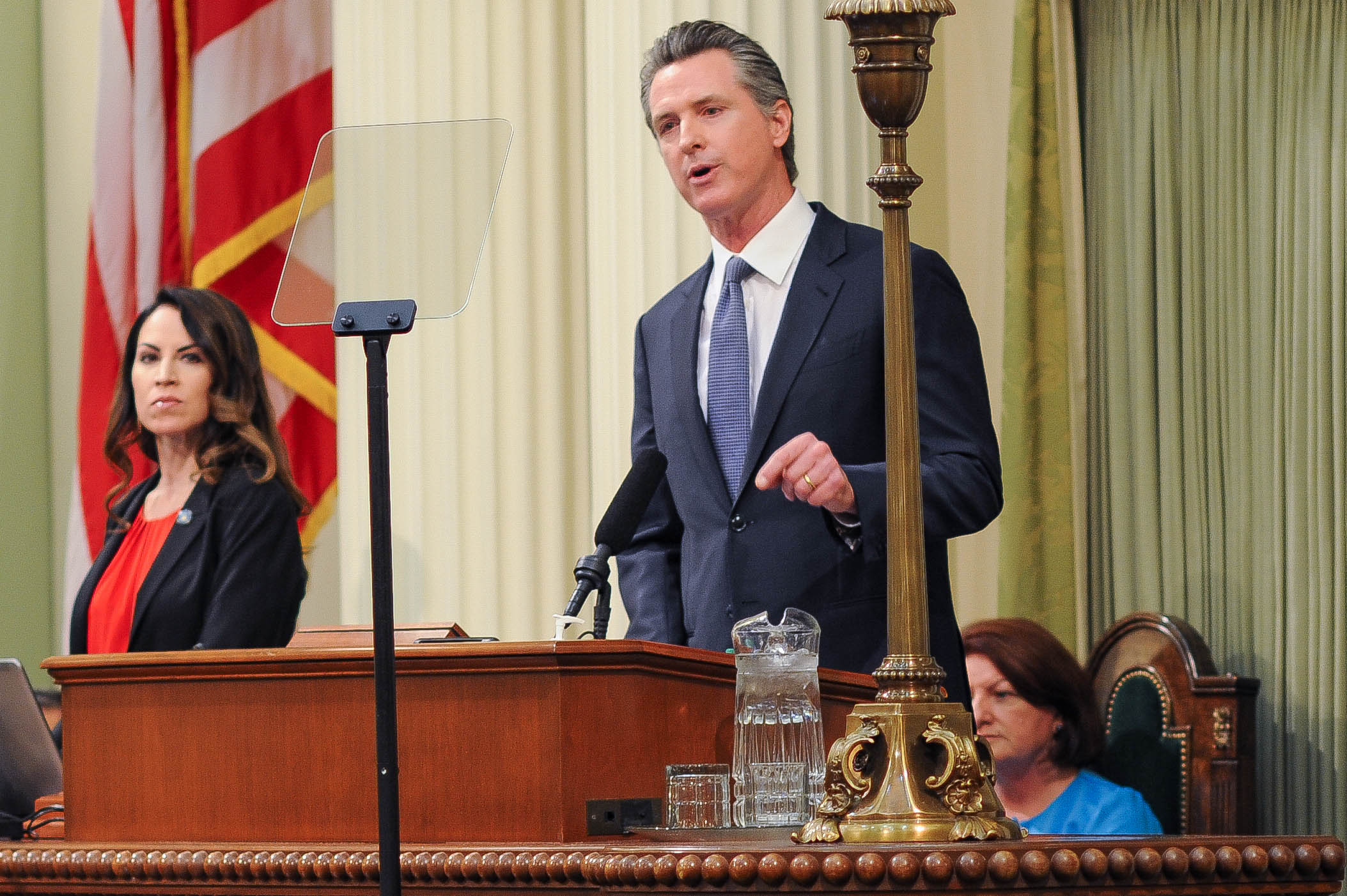
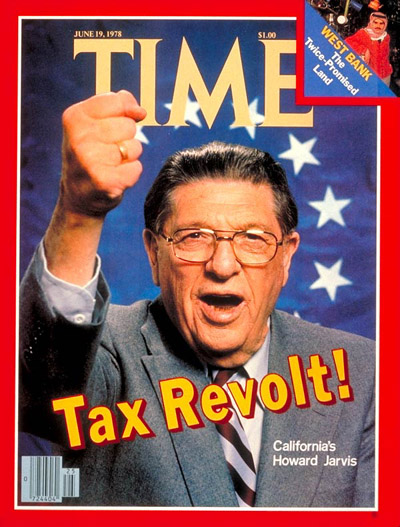
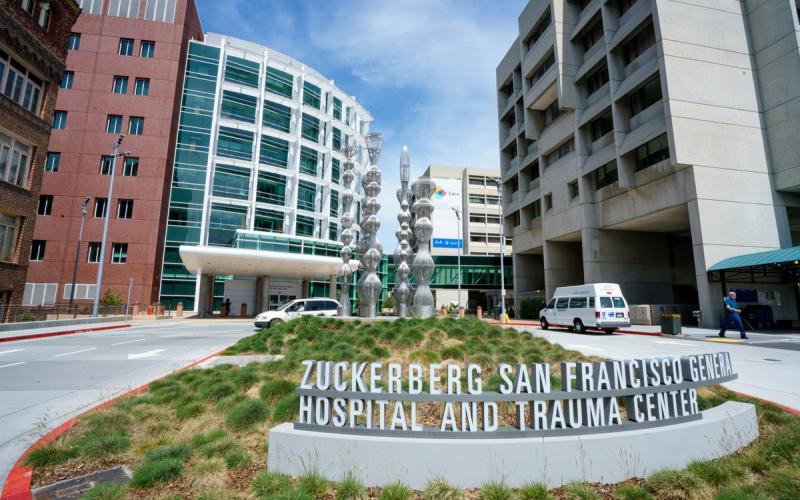
America’s first fascist president, FDR made laws and rules to run all the small guys out of business and concentrate all the power and money in a few large corporations that were in bed with his administration much like the other two fascist leaders back in the 30’s and 40’s.
The largest corporations will use their influence with Gov. Noisome and his ilk to buy special exemptions and other favors that the little guys will be excluded from.
Properties under $3M won’t even be impacted by Prop 15. Look at who is against the measure – it’s the real estate lobby and developers.
We have got to stop prioritizing low taxes for rich people over schools, firefighters and hospitals.
Prop 15 will benefit ordinary people. Yes on 15!
Good try Jules. Read the article. Look at the commercial property listings. There are plenty of small businesses that occupy property worth more than $3M. And Prop. 15 as written will only exempt small business tenants for another four years. As for “prioritizing low taxes for rich people,” even for those huge real estate holding companies, they’ll just pass on the costs to their tenants. Most of us don’t have any particular sympathy for rich people. It’s not about that.
Since 1978, California has had to increase sales taxes, city taxes, hotel taxes, dmv fees , utility taxes, parcel taxes, etc. Special library taxes and Mello-Roos taxes have been enacted to off-set the drop in property taxes since the passage of prop 13.
Proposition 15 merely corrects the lopsided property tax collection on long held property.
It merely reassesses property so that companies and commercial property owners, who are charging market rates for their property are paying current taxes on current assessments.
Currently these owners are being subsidized by everyone by way of higher taxes on everything else.
So they may have to raise their prices in order to keep their profits where they are. Maybe their profits will decrease, maybe they can increase their prices, it remains to be seen.
But proposition 15 will level the playing field so that new companies can compete more fairly with companies that bought property decades ago.